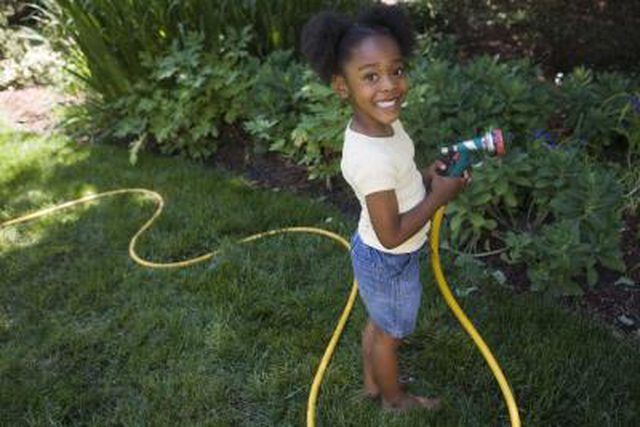Bulbs
Flower Basics
Flower Beds & Specialty Gardens
Flower Garden
Garden Furniture
Garden Gnomes
Garden Seeds
Garden Sheds
Garden Statues
Garden Tools & Supplies
Gardening Basics
Green & Organic
Groundcovers & Vines
Growing Annuals
Growing Basil
Growing Beans
Growing Berries
Growing Blueberries
Growing Cactus
Growing Corn
Growing Cotton
Growing Edibles
Growing Flowers
Growing Garlic
Growing Grapes
Growing Grass
Growing Herbs
Growing Jasmine
Growing Mint
Growing Mushrooms
Orchids
Growing Peanuts
Growing Perennials
Growing Plants
Growing Rosemary
Growing Roses
Growing Strawberries
Growing Sunflowers
Growing Thyme
Growing Tomatoes
Growing Tulips
Growing Vegetables
Herb Basics
Herb Garden
Indoor Growing
Landscaping Basics
Landscaping Patios
Landscaping Plants
Landscaping Shrubs
Landscaping Trees
Landscaping Walks & Pathways
Lawn Basics
Lawn Maintenance
Lawn Mowers
Lawn Ornaments
Lawn Planting
Lawn Tools
Outdoor Growing
Overall Landscape Planning
Pests, Weeds & Problems
Plant Basics
Rock Garden
Rose Garden
Shrubs
Soil
Specialty Gardens
Trees
Vegetable Garden
Yard Maintenance
What Is the Proper Growing Season for Grass?
What Is the Proper Growing Season for Grass?. Grass seed needs the correct soil and air temperature, as well as moisture content, to sprout. If planted at the right time, grass seed will have sufficient time to grow and spread its roots, creating a thick and vibrant lawn.

Grass seed needs the correct soil and air temperature, as well as moisture content, to sprout. If planted at the right time, grass seed will have sufficient time to grow and spread its roots, creating a thick and vibrant lawn.
Time Frame
Plant grass seed at the right time for the specific type. Cool season grasses, which are typically grown in the northern states, should be planted in the early spring or early fall. Warm season grasses, which are grown in warmer states, should be sown in late spring or early summer.
Considerations
Grass slows down its growth during temperature extremes. Planting grass seed too early or too late can result in gaps in your lawn. Not only do grasses need a certain temperature range to sprout, they also need a specific amount of time until they are strong enough to survive.
Warning
It's possible to grow grass outside the typical growing season, but the risks are higher. The seeds may rot from the cold and moist soil, or they can be killed by freeze or frost. Hot summers can also kill off seed before it has the chance to germinate properly.